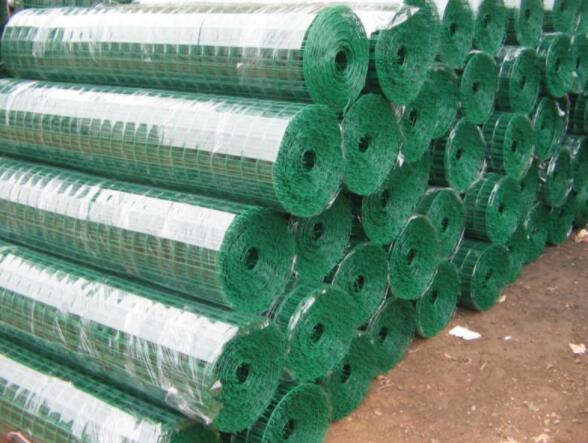Perforated Aluminum Composite Panels A Fusion of Function and Aesthetics
Perforated aluminum composite panels (ACP) have emerged as a popular choice in modern architecture and interior design, thanks to their blend of practical functionality and aesthetic appeal. These innovative materials provide numerous advantages that cater to various applications, from building facades to interior cladding and signage.
At their core, perforated aluminum composite panels consist of two thin layers of aluminum enclosing a non-aluminum core, which can be made from materials such as polyethylene or mineral-filled fire-resistant substances
. The panels are designed with a series of patterns or holes, which not only enhance their visual interest but also offer essential benefits such as light filtration, ventilation, and sound attenuation.One of the standout features of perforated ACPs is their ability to create a dynamic interplay between light and shadow. The carefully designed holes allow natural light to filter through, creating captivating visual effects throughout the day. This characteristic makes them an excellent choice for architectural projects where light manipulation is crucial, such as in office buildings, museums, and cultural centers. Additionally, the aesthetic versatility of these panels means they can be customized in numerous colors, finishes, and designs, allowing architects and designers to create unique and eye-catching facades.
perforated aluminum composite panel

Beyond aesthetics, perforated aluminum composite panels provide significant functional advantages. Their lightweight nature makes them easy to handle and install, reducing labor costs and construction time. Moreover, the durability of aluminum, combined with the protective properties of the composite, ensures that the panels are resistant to harsh weather conditions, corrosion, and UV radiation. This longevity is particularly beneficial for exterior applications, where materials are often subjected to the elements.
Another key advantage of perforated ACPs is their environmental sustainability. Many manufacturers produce these panels using recyclable materials and offer options with low emissions. This commitment to sustainability resonates well with modern building practices that prioritize eco-friendliness. Furthermore, the ability to design scaffolding and structures that minimize energy consumption through effective insulation and air circulation aligns with global efforts to reduce the carbon footprint of buildings.
In terms of acoustic performance, the perforations in the aluminum panels can help absorb sound, making them a suitable choice for buildings in busy urban environments. They not only enhance the auditory comfort of the spaces they enclose but also contribute to the overall wellbeing of occupants.
In conclusion, perforated aluminum composite panels are revolutionizing the building and design industries. Their harmonious blend of style, functionality, and sustainability makes them a favoured option for architects and designers seeking to elevate their projects. With the ability to serve both decorative and practical purposes, these panels are set to play a significant role in the future of architectural innovation. The ongoing evolution of designs and manufacturing techniques promises even greater possibilities for utilizing perforated ACPs in diverse and impactful ways.

















